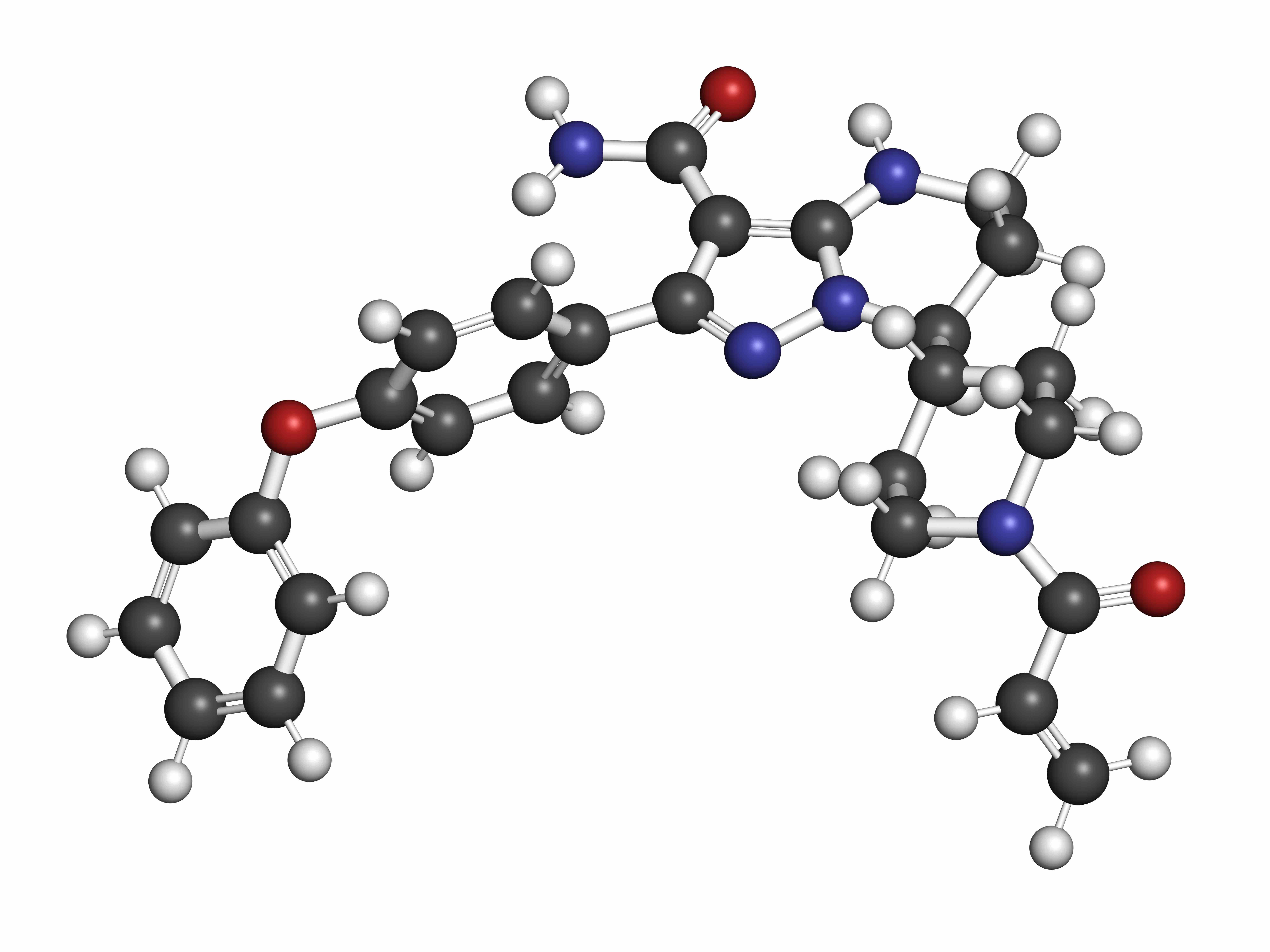Article
Tomivosertib Alone, in Combination Shows Promise in AML, Say Researchers
Author(s):
The exploration of the MAPK pathway has come as researchers look for new therapeutic targets for acute myeloid leukemia (AML), which still faces resistance to novel treatments like FLT3 inhibitors and subsequent relapses.
As researchers continue to investigate the promise of MAPK-interacting kinases 1 and 2 as targets in acute myeloid leukemia (AML), new research is indicating that tomivosertib, alone or in combination, may be a potential treatment.
The exploration of the MAPK pathway has come as researchers look for new therapeutic targets for AML, which still faces resistance to novel treatments like FLT3 inhibitors and subsequent relapses.
These findings were published recently in Oncotarget.
“The mitogen-activated protein kinase (MAPK) signaling pathway is a major regulatory cascade, activated in 70% to 80% of AML patients,” explained the researchers of the paper. “MAPK-interacting kinases 1 and 2 (MNK1/2) are downstream effectors of this pathway, which control the activation of the eukaryotic translation initiation factor 4E (eIF4E). eIF4E has been demonstrated to be overexpressed in AML and has been linked to malignant cell transformation and proliferation.”
Tomivosertib is an investigational potent, highly selective oral MNK1 and MNK2 inhibitor currently being studied in phase 1 and 2 clinical trials.
The researchers of the paper evaluated the data on the treatment in AML specifically, finding that tomivosertib was highly effective as blocking eIF4E phosphorylation on serum 209 in AML cells. According to the researchers, this correlated with dose-dependent suppression of cellular viability and leukemic progenitor colony formation.
“Similar to what was observed with other less potent or specific MNK inhibitors, tomivosertib was most effective at suppressing the growth of M5 subtype AML cells that acquire FLT3 activating mutations, such as MV4-11 and MM6,” wrote the researchers. “This is consistent with the fact that the M5 subtype of AML is characterized by the expression of high levels of phosphorylated eIF4E, which correlates with poor prognosis in this cancer.
According to the researchers, the MAPK signaling cascade can be activated downstream of the FLT3 receptor, and as a result, the concurrent presence of mutant proteins upstream of MNK1/2 may be the most appropriate model for investigating the potential of tomivosertib.
The researchers also determined the effect of tomivosertib, in combination with venetoclax, on cell lines, finding that the addition of tomivosertib to treatment with venetoclax created a synergistic inhibitory effect on cellular viability and the combination initiated a potent inhibition of U937- and KG-1–derived leukemic colony-forming unit growth stronger than that of each agent alone.
These findings, say the researchers, show that the combination induces potent antileukemic responses.
“In future studies it will be crucial to ascertain what pathways are responsible for sensitivity to MNK inhibitors,” they concluded. “These studies will help to identify potential regulatory programs through which MNK1/2 modulates cell signaling pathways critical for leukemic cell survival and may lead to the development of novel therapeutic interventions for AML.”
Reference
Suarez M, Blyth GT, Mina AA, et al. Inhibitory effects of tomivosertib in acute myeloid leukemia. Oncotarget. 2021;12(10):955-966. doi:10.18632/oncotarget.27952




